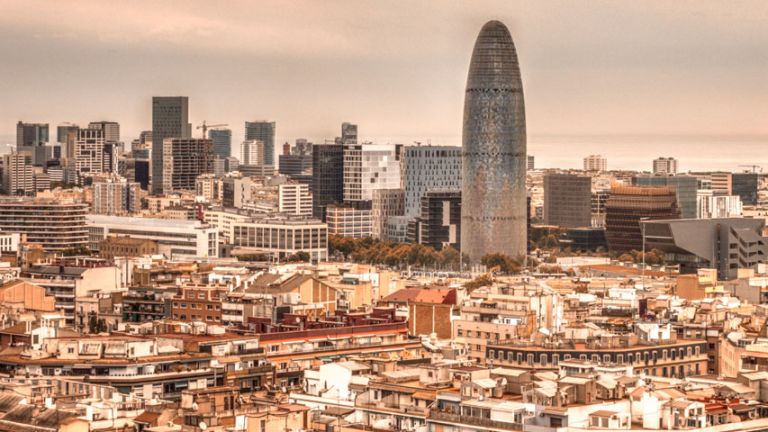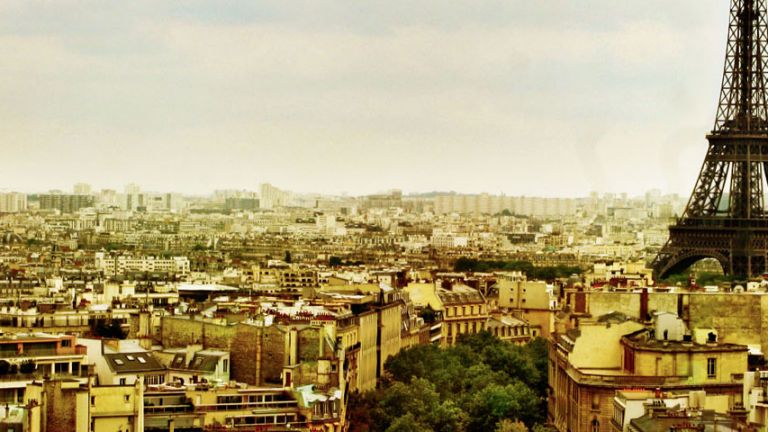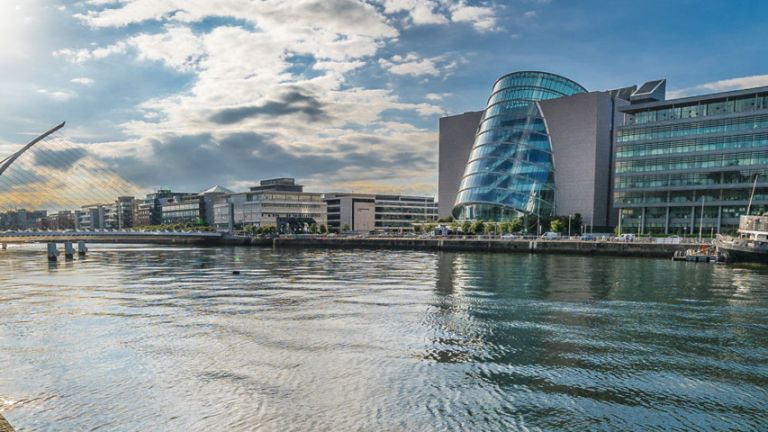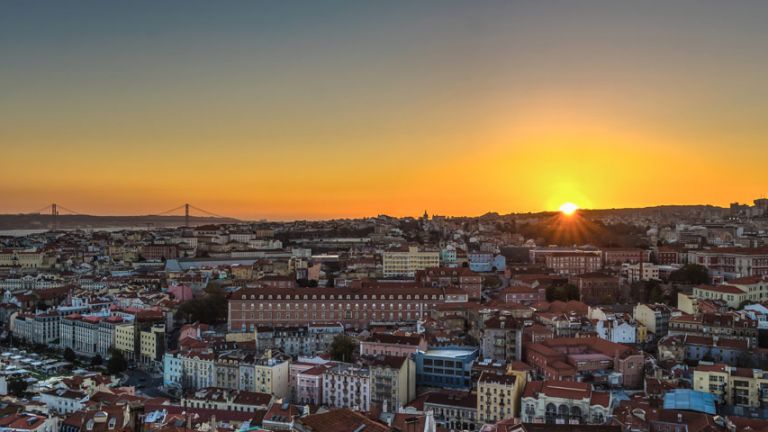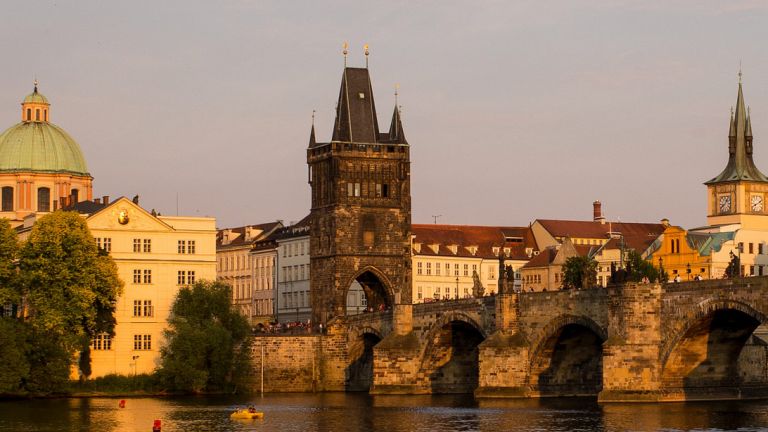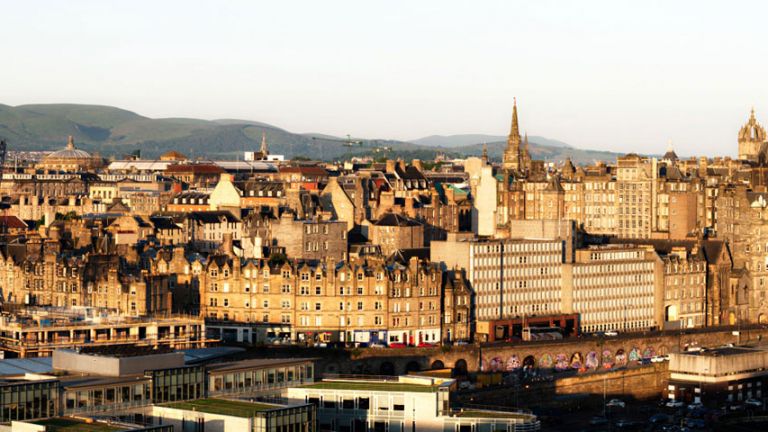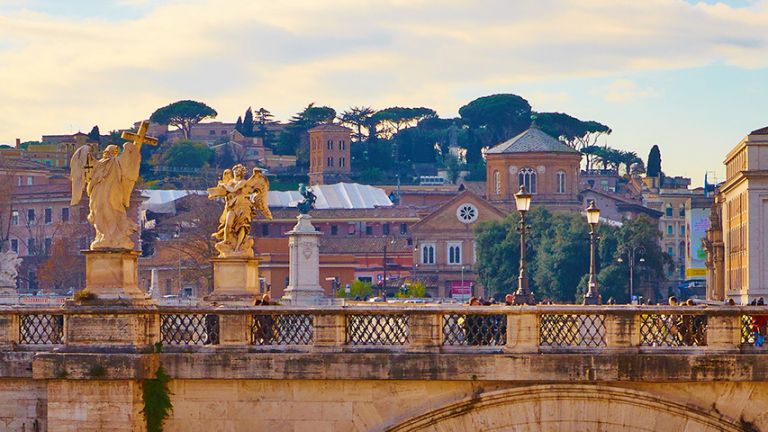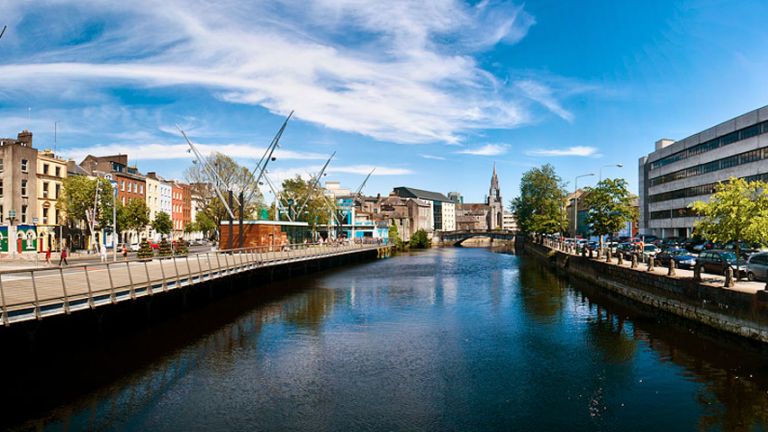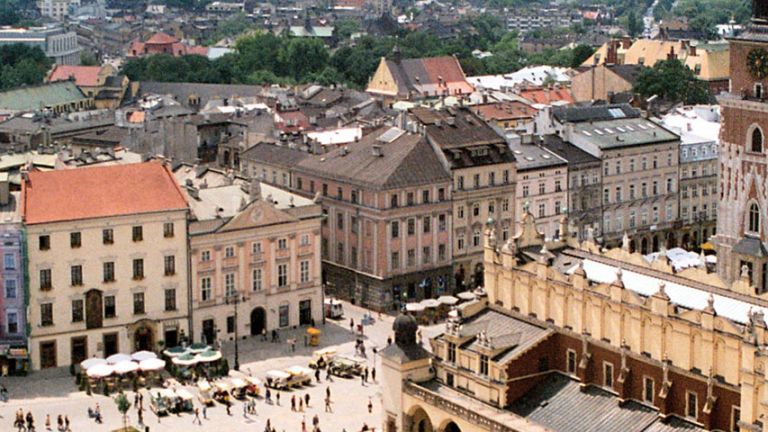Quick guide to Barcelona, Spain Currency: Euro
About
Barcelona is the capital of Catalonia, an autonomous region in Spain. It is located on the coast by the Mediterranean Sea and is the second most populated city in Spain with 1.6 million inhabitants.
Barcelona is famous for its architecture, which mixes the Gothic with the Modernist and showcases works by the duo Herzog and de Meuron and, famously, Gaudí. Gaudí’s architectural works are UNESCO World Heritage Sites. There is something for everyone in this city which offers beaches, sunshine, culture, art and excellent tapas.
Weather
Barcelona enjoys a mild, Mediterranean climate and even in January, the coldest month, temperatures average a temperate 12 °C. The city’s location next to a relatively warm sea means that it rarely gets very cold. There has only been one day in the past thirty with a temperature recorded below freezing.
Temperatures can get extremely high in July and August, ranging from but often exceeding 26 to 32 °C (79 to 90 °F) and this is also the peak tourist season. The best time to visit is late spring, from May to June, when the weather is pleasantly warm and sunny.
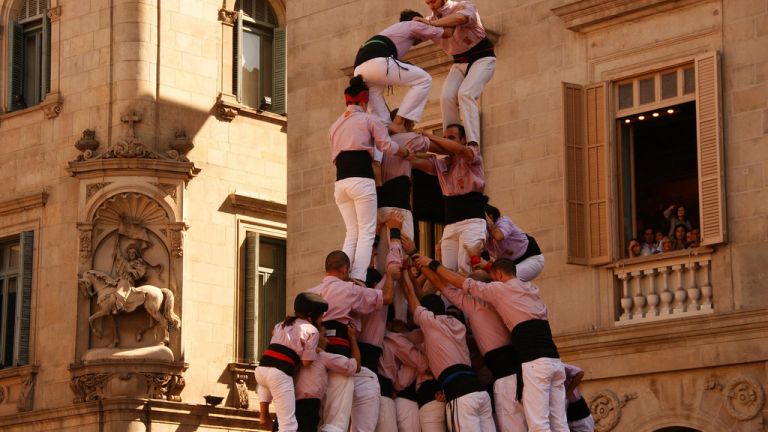
Getting Around
Many tourists travel to Barcelona by aeroplane but the train is also an option, with the TGV train from Paris to Barcelona taking seven hours.
There are several public transport options for getting around Barcelona. The TMB metro is quick, reliable and easy to use. It runs from 5am to midnight every day except Friday, when the last metro is 2 am. Extension work is planned for the tram system but currently three lines out of the six (T4-T6) are of use to tourists. There are also cable cars which offer dazzling panoramic views of the city.
Eating
Barcelona is a leading light in the international restaurant scene, with over twenty Michelin-starred restaurants to choose from. Tapas, a Catalan speciality, is the local cuisine of choice and can be enjoyed everywhere from upscale dining rooms to buzzing little eateries. Quimet i Quimet is a hole in the wall with standing room only which sells the best tapas in the city. Try their famous ‘monteditos’, bread with a variety of toppings.
The evening meal is taken late in the evening in Barcelona and you’ll find restaurants at their most heaving at around 10 pm.
Nightlife
There are myriad cocktail and wine bars in the city, alongside those selling traditional beers and cava. Coctelería Boadas is one of the oldest cocktail bars in Barcelona. Here, waiters in bow ties serve daiquiris which have acquired mythic status. Dress smartly for this one.
For a night of culture, Palau de la Música Catalana is a concert hall where you can catch everything from classical and flamenco to jazz music. The building itself is a modernist work of art by Lluís Domènech i Muntaner, topped by an inverted stained glass dome on the ceiling.
Sights
Barcelona is all about the architecture. La Sagrada Família is the top tourist destination in the city, attracting 2.8 million visitors per year. Construction on this cathedral, Gaudí’s great masterpiece, began over 100 years ago and is still going on. Barcelona Cathedral, in the old Gothic Quarter, offers different but nonetheless stunning architecture.
There are many museums, including The Museu Picasso which houses 3500 of Picasso’s works, many of them from his pre-cubist years. La Barceloneta neighbourhood borders the sea and boasts a large sandy beach.
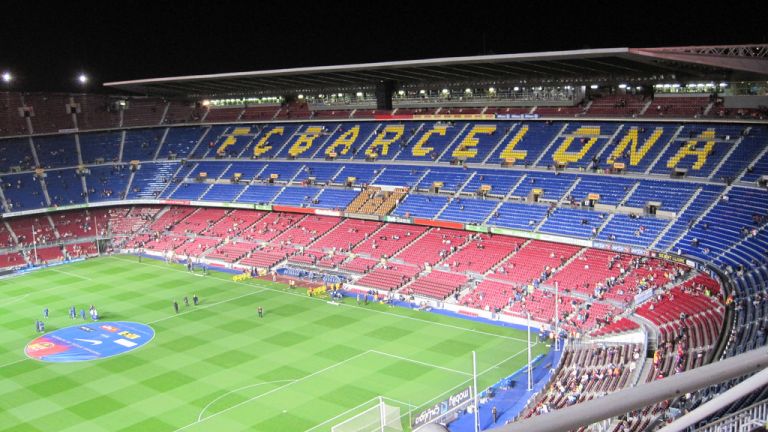
La Merce Festival
Barcelona comes alive with colour, song and dance during La Mercè Festival, which takes place every year in September. It has been a national holiday since 1871 and celebrates ‘our Lady of mercy’, the patron saint of the archdiocese of Barcelona. The festival has taken place since the 1600s, when the Virgin of Grace was said to have delivered the city from plague. There are cavalcades and processions along the avenues and human towers in the main square, culminating in a spectacular musical fireworks display at the base of the Montjuïc mountain.
Camp Nou
Barcelona Football Club, known affectionately as ‘Barça’, has the largest fan base of any club in the world. Their stadium, Camp Nou (which translates as ‘New Field’) is the most visited tourist attraction in Barcelona along with the Sagrada Familia. Football fans can get a self-guided tour of the pitch, changing rooms and commentary boxes which finishes at the state of the art museum. There are photo exhibitions and footage of glorious goals alongside an explanation of the history of the club. Set aside 2-3 hours for the ‘Camp Nou Experience’.
